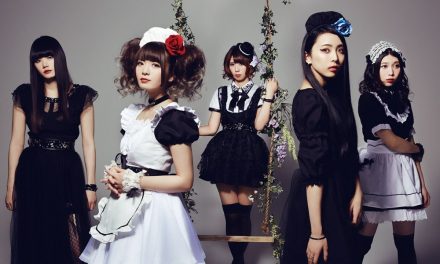Part 1 of our series on Japanese visas
Do you know how many kinds of visa status are available in Japan? From family related visas to working ones, there are over 20 different visas.
In this article, you can learn about different visa types to help figure out which visa you need.
Keypoints
- There are 27 visa statuses and three main visa types
- Working visa holders and some non-working visa holders are allowed to work
- Family related visa holders can work with no restrictions
Working visas
There are three main groups of visas, family related visas (such as a spouse visa), non-working visas (such as a tourist visa) and working visas. It is possible to work on a spouse visa or a student visa, but in order for most non-Japanese people to work and earn money in Japan, they are usually required to have one of the 17 working visa statuses.
The visa types include artist, journalist, instructor, religious activities, medical services, and engineer. Without having a valid, proper visa for the job you would like to do, you are not allowed to do the job.
When you apply for any of the 17 working visas, you will need to submit at least four things:
- Your valid passport
- A visa application form (people from Russia, Georgia, or CIS countries need to submit two visa applications)
- A 45x45mm photo (people from Russia, Georgia, or CIS countries need to submit two photos)
- A Certificate of Eligibility (issued by a regional Japanese immigration authority)
Besides the four items mentioned above, additional documents may be needed to apply for each kind of visa. Which additional documents you would need depends on your nationality. You can see what you would need to submit on the Ministry of Foreign Affairs of Japan website. As for the visa issuance fee, it costs about 3,000 yen for single-entry visas.
The application process is simple. There is a flowchart on the Ministry of Foreign Affairs website which explains the steps of the visa application. Basically, you will need to prepare all the required documents, apply by submitting them at a local Japanese Embassy or Consulate in your home country or nearby country.
It usually takes a week or so to get the result. If your application has been approved, you have three months to enter Japan.
Non-working visas
The application process for non-working visas is the same as the working visa application; you need the four items and additional documents to apply for a visa. Below are six types of non-working visas and examples:
- Student: You are college students, pre-college students.
- Dependent: You are spouse or child of a foreign national that has a working visa.
- Training: You are a trainee in a local Japanese government.
- Cultural activities: You are as an unpaid intern. You are studying the tea ceremony or other Japanese activities.
- Designated activities: You are working as a paid intern.
- Temporary visitor: You are a tourist. You are participating in conferences.
Except for temporary visitor visa and trainee visa holders, it is possible to work under a non-working visa below the limited hours per week. For example, as mentioned above, student visa holders are allowed to work a maximum of 28 hours per week.
With the temporary visitor visa, you can stay in Japan for up to 90 days. However, you may be allowed to say shorter than 90 days depending on your home country, so be sure to check how long you can stay in Japan with the temporary visa.
Also, nationals of particular countries do not need to obtain the visa before coming to Japan. As of January 2017, there are 40 countries included in the list of Diplomatic and Official Visa Exemption, whose nationals can visit and stay in Japan without obtaining a temporary visitor visa.
Family related visas
Family related visas have no job restrictions on the visa holder. They are free to work in any field. There are four kinds of visas:
- Spouse or child of Japanese national
- Spouse of permanent resident
- Permanent resident
- Long-term resident: Persons with Japanese ancestry, Indochinese refugees, etc.
Since these are less restricted visas than the other two types of visa statuses, there are more detailed rules about applying for these visas. Applying for visas is difficult.
Please contact the government, ask a lawyer or agency for help, or do enough research to see if you are eligible to apply, what you need to prepare, and for any question.
Choose the best visa for you
There are 27 visas, but one person can only have one type of visa at a time. It is possible that you are eligible for more than one type of visa, so if that happens, you should compare each of them carefully to choose the best type of visa considering what you intend to do in Japan.
For more information, please visit the Ministry of Foreign Affairs of Japan’s webpage regarding visas.
Part 1: Different Visa Types in Japan
Part 2: How to Get a Japanese Working Visa
Part 3: How to Get a Working Status on a Japanese Student Visa
Part 4: How to Change Your Visa Status





